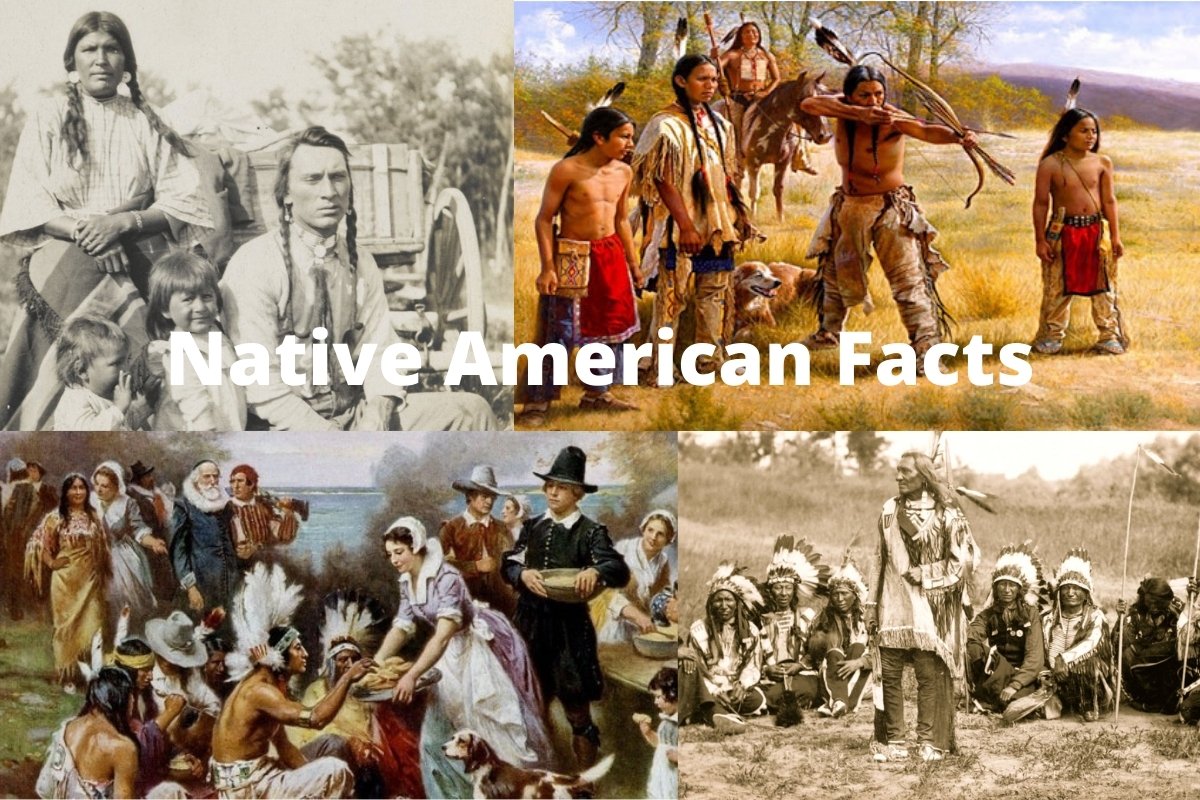Native Americans are the indigenous people of the United States. Also known as American Indians, Indigenous Americans, First Americans, there are 574 federally recognized tribes in the United States.
There are 5.2 million Native Americans, with 22% of them living on reservations.
The term “Indian” came from Christopher Columbus, thinking he had landed in the East Indies, called the indigenous people “Indians.”
Below we have compiled a list of interesting facts about Native Americans.
Facts About Native Americans
1. The Largest Tribal Groups in the United States
- Apache
- Cherokee
- Chippewa (Ojibwa)
- Choctaw
- Iroquois
- Lumbee
- Navajo
- Pueblo
- Sioux (Lakota)
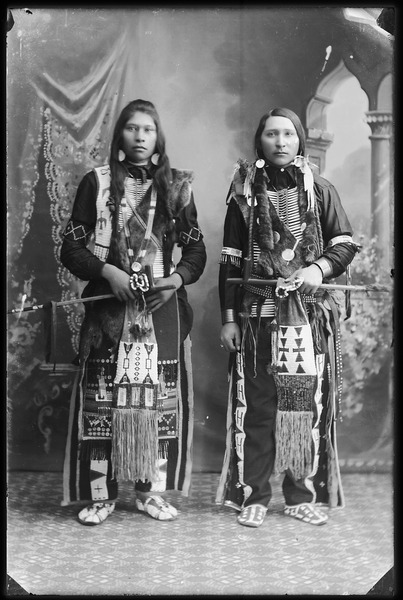
2. Many Celebrities Have Native American Ancestry
- Bob Barker
- Cher
- Kevin Costner
- Johnny Depp
- Megan Fox
- Ava Gardner
- Anne Hathaway
- Jimi Hendrix
- Whitney Houston
- Angelina Jolie
- Jonas Brothers
- James Earl Jones
- Ludacris
- Rosa Parks
- Dolly Parton
- Lou Diamond Phillips
- Brad Pitt
- Elvis Presley
- Anthony Quinn
- Burt Reynolds
- Billy Bob Thornton
- Oprah Winfrey
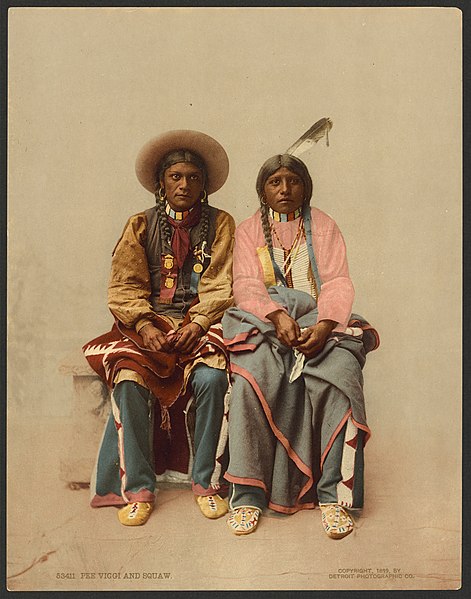
3. 26 states Have Names Derived from Native American Words
- Alabama
- Alaska
- Arizona
- Arkansas
- Connecticut
- Illinois
- Iowa
- Kansas
- Kentucky
- Massachusetts
- Michigan
- Minnesota
- Mississippi
- Missouri
- Nebraska
- New Mexico
- North Dakota
- Ohio
- Oklahoma
- Oregon
- South Dakota
- Tennessee
- Texas
- Utah
- Wisconsin
- Wyoming
4. As of 2013, 14 States with 100,000 or more Native Americans or Alaska Native Residents
- Alaska
- Arizona
- California
- Colorado
- Florida
- Michigan
- Minnesota
- New Mexico
- New York
- North Carolina
- Oklahoma
- Oregon
- Texas
- Washington
- The states with the largest percentage of American Indian and Alaska Native populations in 2013 were Alaska at 14.3%, New Mexico at 9.1%, South Dakota at 8.5%, Oklahoma at 7.5%, and Montana at 6.8%.
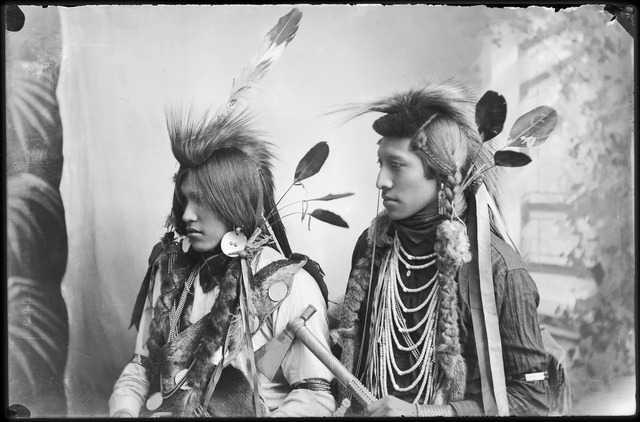
5. Many English Words Are Derived From Native American Names
- Abalone
- Bayou
- Cannibal
- Chia
- Chinook
- Chili
- Chocolate
- Coyote
- Guacamole
- Manatee
- Mesquite
- Peyote
- Poncho
- Potato
- Shack
- Tamale
- Tomato
6. Native Americans in Battle
- During World War I, thousands of Native Americans voluntarily served even though they were not citizens. In honor of them, the Indian Citizenship Act of 1924 granted citizenship to its indigenous people.
- Over 24,000 Native Americans served during World War II.
- One of the most remarkable groups was the Navajo Code Talkers. They were a select group of volunteers who created an unbreakable secret code.
- The United States Army was defeated by Sioux, Cheyenne, and Arapaho Indians at the Battle of Little Big Horn, better known as Custer’s Last Stand. The Natives were resisting demands made by the government to move to reservations.
- Sitting Bull (1831-1890) was a Hunkpapa Lakota medicine man who became one of the most famous Native Americans in history because of his major victory at the Battle of Little Bighorn.
- Sitting Bull later became friends with Annie Oakley, referring to her as “Little Sure Shot.”
- The last battle between the U.S. government and the Native Americans was in 1890 at the Battle of Wounded Knee, near Wounded Knee Creek in South Dakota. It was estimated that 300 Sioux Indians were killed.
- Geronimo (1829-1909) helped the Apache Indians defend their land against U.S. encroachment of their tribal lands for over 25 years.
- The name Geronimo means “one who yawns.”
- The first recorded interracial marriage in American history was between Pocahontas (1595-1617) and John Rolfe. The name “Pocahontas” means the naughty one or spoiled child. It was a childhood nickname, which referred to her playful nature. She was born Matoaka and was also known as Amonute.
- The Mohawk haircut is associated with the tribe of the same name. It is thought that tribal members would pluck the hair out instead of shaving it. The Mohawk people liked to paint one side of their head a bright color while keeping the other side cleanly shaven.
- To ensure a plentiful buffalo supply, Native Americans would have skewers implanted in their chests and then were attached by rope to the sacred cottonwood tree. It is a painful Native Amerian ceremony called the Sun Dance. In return for their pain, they hoped for the plentiful buffalo supply.
- Many United States Army helicopters are named after Native American tribes. The first U.S. Air Force bases were on native land.
- Many United States zoos preserve feathers that fall off their birds and give them to Native American tribes for their religious rituals.
- Some Native American tribes make cry sheds comprised of mud and natural debris. They are meant to represent the fears and troubles of the tribe. They set it on fire and believe that the misfortunes of the tribe will be released into the world, thus removing them from their community.
- The co-author of the Constitution, Benjamin Franklin, felt a government like the Iroquois Confederacy had could be used by the English colonies. The Iroquois bald eagle, a symbol for the Iroquois tribe, is on the U.S. shield.
- The Northwest Haida Native American tribes built totem poles outside their homes to advertise their family’s status. The pole would depict birds or animals that were important to the family. The poles were also built as a memorial to the ancestors of the family. The Christians thought mistakenly that totem poles were statues of their gods.
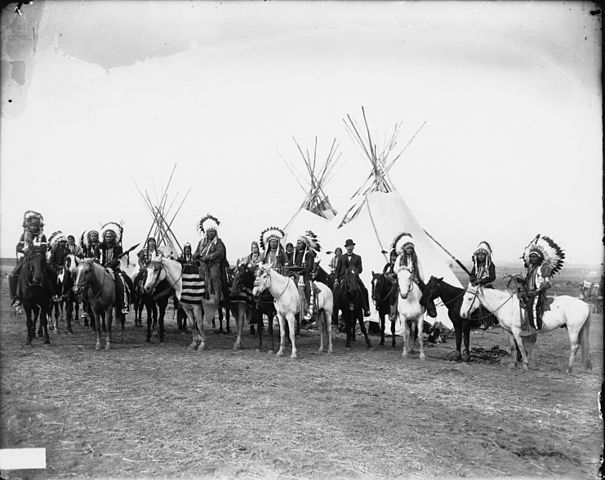
7. Health Statistics of Native Americans
There are staggering statistics relating to the health of Native American people. Approximately 28.2% of American Indians live below the federal poverty line. Life expectancy for Native Americans, on average, is five years lower than non-Natives.
Heart disease will claim 36% of Native Americans before age 65, with the same illness claiming 15% of Caucasians before the same age.
Native Americans are 177% more likely to die from diabetes. Tuberculosis will claim about 500% more, and the suicide rate is 82% among Natives. Infant mortality rates among Native Americans are 60% higher than for Caucasians. Natives are more likely to be overweight than their Caucasian counterparts.
In 2010, the top ten leading causes of death among Native Americans and Alaska Natives were:
- Cancer
- Heart Disease
- Unintentional injuries
- Diabetes
- Chronic liver disease and cirrhosis
- Chronic lower respiratory diseases
- Stroke
- Suicide
- Nephritis, nephrotic syndrome, nephrosis
- Influenza and pneumonia
The history of the Native American people is a fascinating read. Their culture has done much to shape our country, and we as Americans should be grateful to them for their contribution to the American way of life.
8. Many Native American tribes were organized into clans or matrilineal societies
A social structure in which ancestry, inheritance, and descend are traced through the mother’s line is referred to as matrilineality. Numerous Native American tribes, including the Hopi, Cherokee, and Iroquois, were organized into matrilineal clans.
This meant that a person’s clan membership and social identity were established by their mother’s clan, not their father’s.
Women enjoyed tremendous authority and influence in matrilineal cultures because they were in charge of passing along their clan’s customs, culture, and knowledge to the next generation.
9. The first Native American civilizations in North America emerged thousands of years ago
The Anasazi, also known as the Ancestral Puebloans, were a prehistoric Native American culture that lived in the southwestern United States from around 1200 BCE to the 1300s AD.
They are famous for their intricate cliff houses made of stone and adobe bricks, as well as their excellent irrigation and agricultural systems.
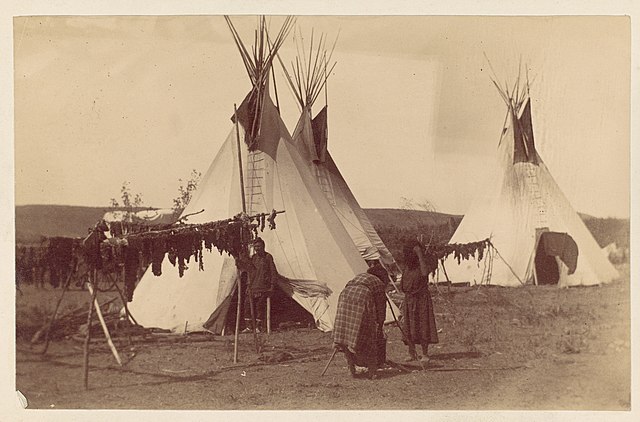
The Hopewell culture was an ancient Native American civilization that flourished in the eastern and midwestern United States between 200 BCE and 500 AD. They are famous for their ornate burial mounds, which included a diverse range of artifacts and products from all across the continent, implying substantial trade networks.
The Mississippians were a prehistoric Native American civilization that flourished in the southeastern United States between 800 and 1500 AD. They are famous for their huge clay mounds, which served as religious and ceremonial centers, as well as their advanced agriculture, which included corn, beans, and squash cultivation.
These three civilizations were among the continent’s earliest and most complex Native American societies, and they left an indelible mark on the continent’s history and culture.
10. Native Americans had complex religious beliefs and practices
Native American religions are different, but many share a strong love for nature and its spiritual significance. Many Native American faiths regard the planet as a living being with its own spirit, and they think that humans are inextricably linked to all other things through a complicated web of relationships.
Many Native American faiths believe in the existence of both good and evil spirits that can possess natural objects, animals, and even humans. Several Native American rites and ceremonies are aimed to honor and pacify these spirits, who are typically viewed as powerful entities that can impact daily life.
Ritual and ceremonial are also key aspects of Native American religion. Several tribes have specialized rituals and ceremonies for significant occasions like harvests, births, and deaths, and these celebrations frequently include music, dance, and prayer.
Native American religions, in general, show the richness and complexity of Native American cultures and society, and they remain an essential element of Native American identity and heritage.
11. The Indian Removal Act of 1830 forced thousands of Native Americans to leave their ancestral lands
The Indian Removal Act of 1830 was a federal statute that permitted the forced displacement of thousands of Native Americans from their native lands in the southeast to Indian Territory (present-day Oklahoma).
Also Read: Indian Removal Act Facts
President Andrew Jackson signed the bill because he saw Native Americans as a barrier to white colonization and expansion.
Native American tribes such as the Cherokee, Creek, and Seminole were forcibly taken from their lands and marched to Indian Territory under military escort under the Indian Removal Act.
The Trail of Tears was a horrific and sad experience for many Native Americans, who were forced to trek hundreds of miles on foot in harsh weather conditions, with little food, water, or medical treatment. Many of Native People are thought to have died during the trek.
The Indian Removal Act and the Trail of Tears were dismal periods in American history that had far-reaching consequences for Native American communities.
As a result of forced relocation, many Native Americans lost their homes, family, and cultural history, and the effects of this terrible event are still felt by Indian Americans today.
